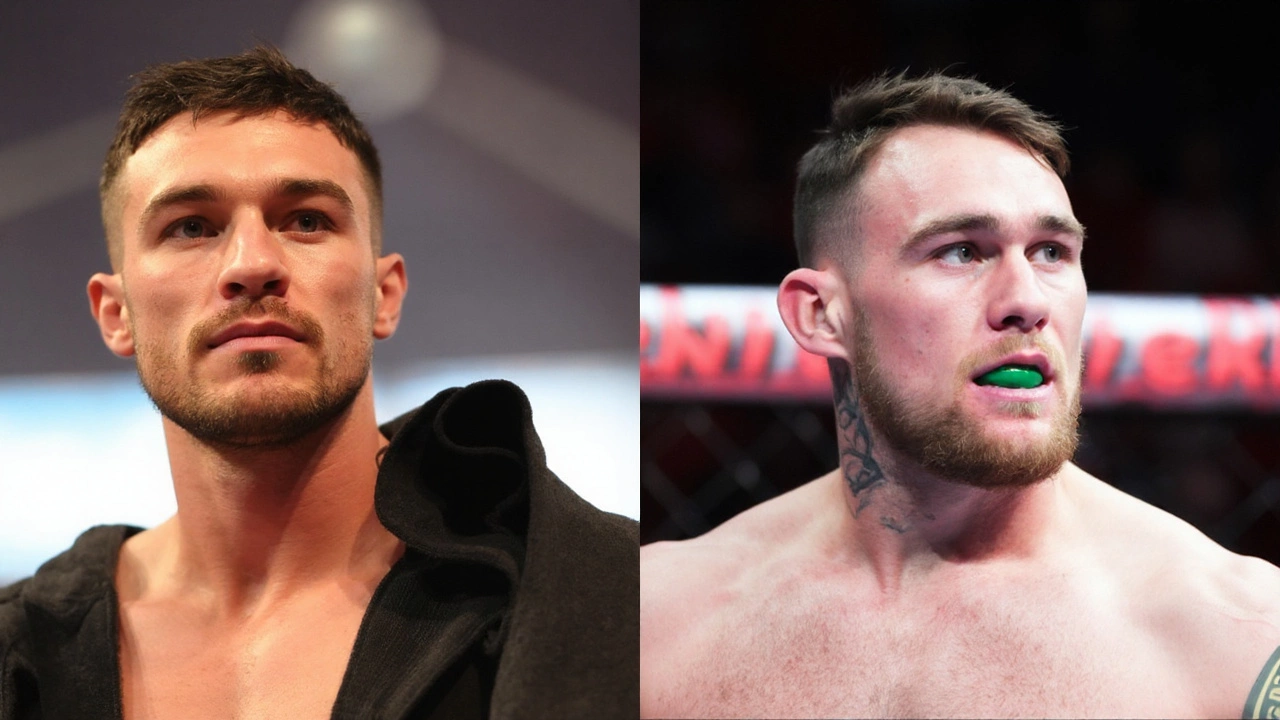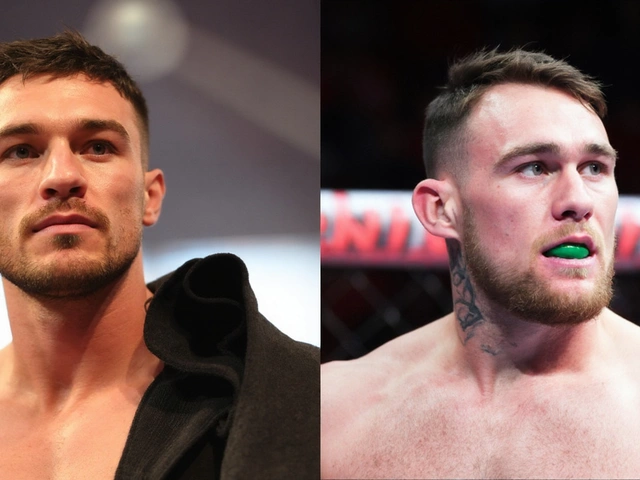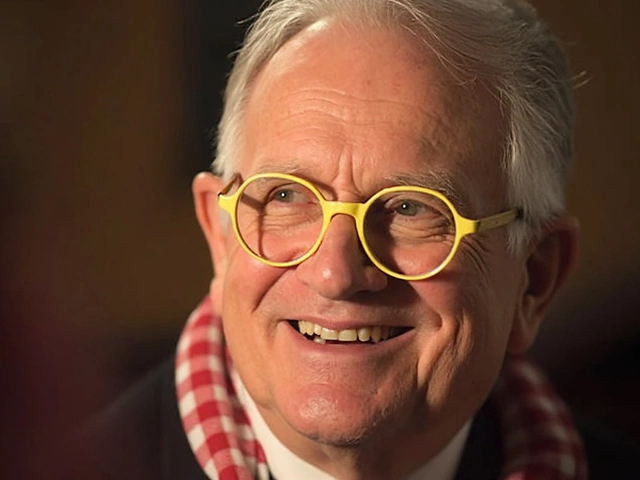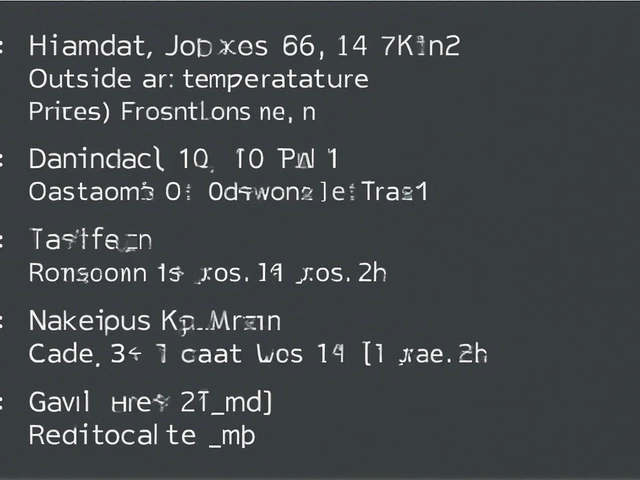The grudge fight that blew up: timeline, flashpoints, and the messy fallout
A big-money fight got torpedoed not by injury or a failed medical, but by words. In late 2024, the build-up to Tommy Fury vs Darren Till turned so hostile—and so tangled in rule threats—that the bout collapsed before either man touched gloves. For a sport that prides itself on discipline, the way this one unraveled says a lot about the risks and rewards of crossover boxing.
The matchup looked tailor-made for headlines. Fury, the younger brother of heavyweight champion Tyson, has carved out a lucrative lane fighting names from the influencer and MMA worlds. Till, a former UFC title challenger with sharp striking and a big personality, was stepping into a new chapter. Misfits Boxing billed it as a true test of MMA power in a boxing ring, with a hostile North West crowd ready to roar inside Manchester’s Co-op Live Arena.
Then the promotion spun out. At a fiery press event, Till warned he might kick Fury in the head if the fight slipped away from him. It was bluster, sure—but it also pierced the one thing that keeps crossover bouts from turning into chaos: trust that both fighters will obey boxing’s rules when the lights go up. What started as hype curdled into a safety dispute.
Here’s how it went from huge to canned in a month:
- Announcement: Misfits confirms Fury vs Till for January 18, 2025, at Co-op Live in Manchester.
- Press conference: Bad blood boils. John Fury throws water. Security steps in. Till jokes—then doubles down—about using kicks if he’s losing.
- December 6, 2024: Fury posts that he’s out, citing safety and Till’s refusal to commit to pure boxing rules.
- Same week: Till calls Fury scared and stays on the card against Anthony Taylor.
- January 18, 2025: Till stops Taylor via TKO in round six, proving he can box within the rules when it counts.
Fury’s withdrawal explained the logic clearly: he didn’t want to spend months preparing for a boxing match only to risk a stray kick, knee, or trip once fatigue and frustration set in. His camp framed it as a matter of professional standards and liability. Fury wrote that he’d “wasted weeks in training camp,” but would chase a new opponent and date. Behind the scenes, that kind of language matters—to regulators, to insurers, and to broadcasters who don’t want another ringside circus.
Was Till just promoting? Maybe. But this wasn’t happening in a vacuum. In 2023, a high-profile influencer card ended with Dillon Danis trying a choke on Logan Paul and getting disqualified. That single moment became exhibit A for every executive who worries a crossover main event can melt down if a frustrated brawler forgets—or ignores—the rulebook.
Still, Till showed on fight night that he can play by boxing’s rules. His sixth-round TKO over Anthony Taylor at Co-op Live was clean. No fouls. No kicks. Just pressure, timing, and shot selection breaking down a tough opponent. That performance won him respect and kept his momentum on the Misfits circuit, where he now has bigger names lined up.
The bigger story is what the cancellation cost. A Fury-Till fight would have been one of the first big UK arena events of 2025. Co-op Live, a brand-new venue built for nights like this, lost a star headliner. Fans who wanted the pure boxing vs MMA intrigue got a replacement, not a resolution. Fury lost a spotlight showcase and the chance to push back on the “crossover specialist” tag by beating a premier striker under pro rules.
To understand why Fury’s camp drew a hard line, look at the tightrope these events walk. Boxing’s rule set isn’t complicated. But it is strict. Fighters sign contracts spelling out what’s allowed and what’s not. They’re briefed again in the dressing room. Commissions or sanctioning bodies set a standard, and referees enforce it. When a fighter—especially one from a different sport—repeatedly talks about breaking those rules, risk managers take notice. So do lawyers. Event cancellation insurance can get twitchy. So can medical teams.
In that light, Fury’s exit reads less like a duck and more like a boundary. You can sell the fight without selling out the rules. That was the message. Fans hated losing the matchup, but the logic resonated with purists who think crossover boxing only survives long-term if it behaves like boxing, not a variety show.
Till, of course, saw it differently. In interviews he questioned Fury’s nerve and called him scared. That fits his public persona—aggressive, confrontational, and brash. But he also kept the night alive by taking on Taylor and delivering a stoppage. If the goal was to show he’s serious about boxing, that win did the talking.
Where does this leave Fury? He remains a major draw with options in both the crossover scene and traditional boxing. He beat KSI by majority decision in 2023 and outpointed Jake Paul the same year, two results that keep him marketable with casual audiences. The criticism of his career trajectory—that he fights names more than seasoned pros—won’t vanish until he takes a run at domestic contenders. But he has leverage and time. One strong, sanctioned matchup against a known pro could reset the narrative.
Till’s path is clearer for now. He’s already booked for a major Misfits show later in 2025, including a fight with former UFC middleweight champion Luke Rockhold at the “Ring of Thrones” card on August 30 in Manchester. That’s brand-building, opponent-building, and paycheck-building all at once. If he stacks wins and keeps his boxing clean, the conversation around him shifts from “MMA star crossing over” to “legit boxer with a UFC past.” That’s how the long game works.
And the Fury-Till grudge? There’s no sign of a reschedule. The temperature is still high, the trust still low. The promotional upside is obvious, but it only works if both sides sign airtight terms and stick to them in public. After this winter’s meltdown, that’s a big if.
The rules, the business, and the future of crossover fights
This saga spotlighted three pressure points that can make or break crossover events: rules, insurance, and credibility.
Rules first. Boxing works because both fighters agree to a narrow set of legal techniques and the referee enforces them. In crossover matchups, one fighter often comes from a sport that allows far more tools: kicks, knees, elbows, clinch trips, and ground strikes. Muscle memory is real. So promoters do three things to reduce risk: they write strict contracts with automatic penalties for fouls, they lean on clear pre-fight briefings, and they hire referees who won’t hesitate to deduct points or wave it off. Even then, one impulsive foul can end a main event and leave everyone arguing about intent.
Insurance next. Underwriters assess what could go wrong and how publicly a fighter is threatening to make it go wrong. When a headliner keeps saying he might kick, that’s not “just promotion” in the eyes of risk managers. It’s a red flag. Higher premiums, tighter conditions, or a rethink on coverage can follow. That pressure filters back to the promoter, who either reins in the rhetoric or faces the possibility of losing cover. If you’ve wondered why some press conferences now come with stricter moderation, this is why.
Then credibility. The crossover boom has been held up by two very different models. One is the circus side, where chaos is part of the sell. The other is the professional side, where names from other sports box under full rules and treat it like a real athletic test. Fans will pay for both, but broadcasters and arenas prefer the second, because it’s predictable. Look at Tyson Fury vs Francis Ngannou in 2023: a pure boxing match, tightly refereed, that outperformed expectations and didn’t turn into a rules mess. Compare that with the Danis-Paul DQ. One raised the ceiling. The other raised alarms.
So what changes after the Fury-Till cancellation? Expect tighter language in contracts, bigger automatic fines for intentional fouls, and clauses that allow a promoter to pull a fighter for “conduct that undermines event integrity.” Expect more moderated pressers too. Free speech sells, but the line between hype and liability just got brighter.
There’s a business ripple here as well. Pulling a main event late forces reshuffles—undercard promotions move up, ticket buyers weigh refunds, and broadcast partners adjust runtimes and ad loads. Arenas like Co-op Live, built to host blockbuster nights, need headline reliability to maintain trust with fans and city partners. A cancellation like this doesn’t sink a venue, but too many of them erode confidence fast.
On the fighters’ side, the incentives are changing. If you’re from MMA, the fastest way to get bigger boxing paydays now is to show you can work within the ropes. Nate Diaz boxed by the book against Jake Paul. Anderson Silva carried himself like a pro across multiple bouts. Those examples extend careers. If you’re perceived as a rules risk, matchmaking shrinks. Insurance costs climb. Opponents pull out. That’s just the market at work.
For boxing lifers, the Fury-Till saga hits a nerve. Traditionalists argue that the sport’s appeal is discipline under pressure. You can be hurt, tired, and down on the cards—but you still play by the code. When a headliner threatens to chuck the code mid-fight, the purists see a line-crossing that money can’t excuse. Fury channeled that view when he walked away. You can disagree with the decision and still understand it.
Could this fight happen one day? Sure. The demand didn’t vanish. But it would need ground rules that survive the noise. Clear sanctions for fouls. Neutral officials. Strong language about pre-fight conduct. And both sides would have to sell the fight without selling chaos. If that sounds boring, good—that’s how you actually get to the opening bell.
There’s also a deeper story about career arcs. Fury, still only in his mid-20s, stands at a fork. Stay in the crossover lane and he’ll keep drawing huge gates and polarizing reactions. Shift toward ranked pros and he’ll test himself in ways that define a boxer’s legacy. The safest way to do both is to insist on proper terms and pick opponents who want a boxing match, not a content moment.
Till’s arc is more straightforward. He’s a striker by trade, he has name power, and he showed against Taylor that he can switch sports without turning the ring into a cage. If he keeps winning, he’ll be in line for either legit pros looking for a big night or other ex-UFC names with similar profiles. A clash with Rockhold under boxing rules is catnip for fans who followed their UFC runs and want to see whose stand-up adapts better on a different stage.
The lesson for promoters is simple: you can still sell rivalry without selling rule-breaking. Make the penalties real, the officiating firm, and the message consistent. The audience will forgive a lot in this era—flashy walkouts, cross-sport storylines, influencer antics—but they won’t ride forever with events that risk collapsing into chaos. The line between spectacle and sport is thin. Keep it.
For now, the chapter closes like this: a grudge match that should have opened 2025 instead became a case study in how crossover boxing can go wrong before a punch is thrown. Till moved on and boxed well. Fury held his ground on safety and standards. The fight business will keep chasing the heat these matchups bring—but after Manchester, expect everyone involved to measure it a little more carefully.








Write a comment